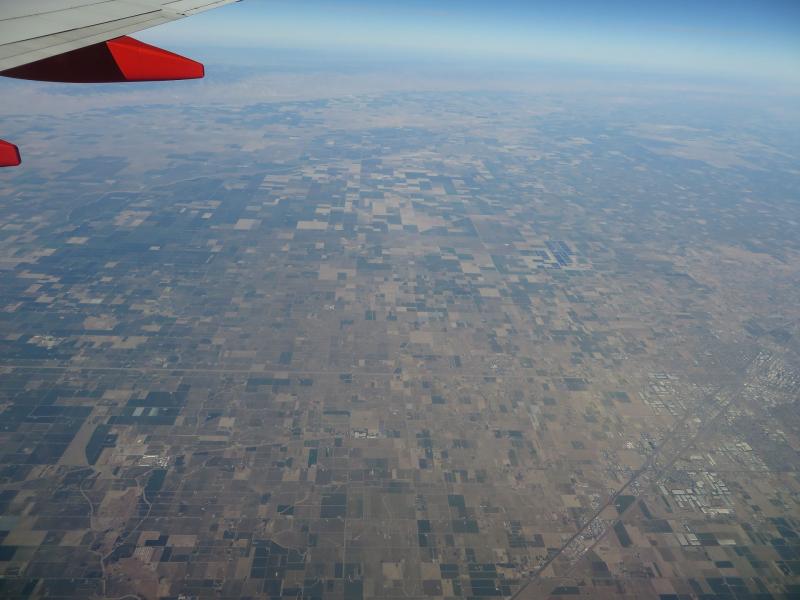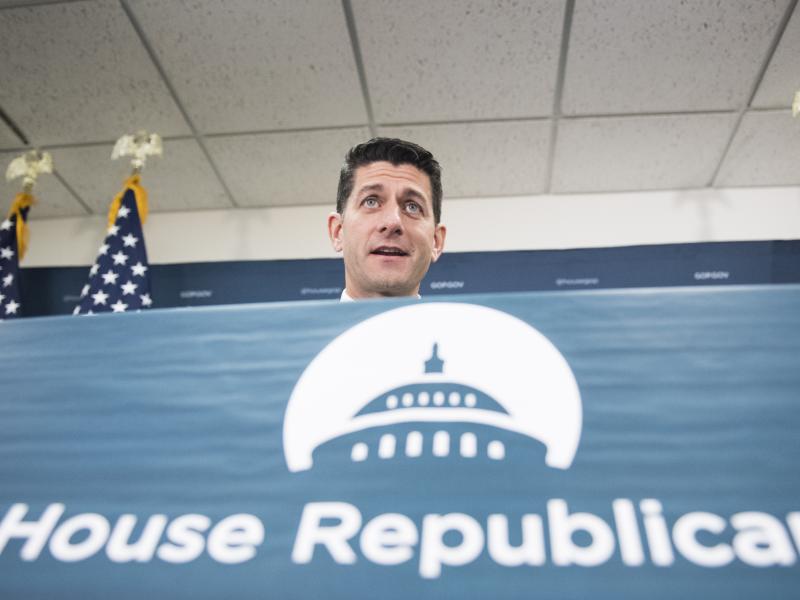
Rumors have been swirling around Washington for a few weeks now that Speaker Paul Ryan will hang up the Speaker’s gavel in 2018. The famously wonky Wisconsin-ite is on the cusp of achieving his long-time goal of tax reform, and after that happens, the thinking goes, there’s little left for Ryan to do except for the drudge work like responding to President Trump’s tweets and disciplining sexual harassers. Ryan’s office has pushed back on the story, and the Speaker himself told reporters "I ain't goin' anywhere."
Most of the focus on what a Ryan-less House would look like centers on the legislative and intra-party repercussions of his departure. Not as much attention has been paid to Ryan’s significant investment in the political infrastructure of the party, and what it would mean for House Republicans to lose that. Known more for being a budget guru than a Rep. Tom Davis-like political savant, Ryan has nonetheless built something of a shadow party to help defend and define House campaigns for 2018. His SuperPAC – Congressional Leadership Fund (CLF) – spent more than $40 million in 2016. That is a little more than half of what the NRCC’s independent expenditure arm spent ($73 million) in the 2016 cycle. This year, CLF says it plans to spend $100 million, much of it on an aggressive field and data operation that is already up and running in 17 of the most vulnerable GOP-held congressional districts.
Ryan’s non-profit 501(c), American Action Committee, has also been the most aggressive in messaging policy for House Republicans. In the run-up to the two most consequential votes of 2017, the repeal of Obamacare (AHCA) and the tax cut bill, AAN has essentially been the only pro-GOP House policy voice on the airwaves. According to data supplied to The Cook Political Report from Kantar Media CMAG, a nonpartisan tracker of political TV advertising, there were 27,741 ads on cable/broadcast that supported the GOP healthcare plan run during the heat of the House debate on health care reform – (March 1 to May 22). Of those, 26,400 – or 95 percent – were paid for by AAN. On tax reform, there were just over 8,000 ads run on cable/broadcast that specifically targeted House members with messages supporting the tax bill. Once again, AAN was responsible for almost all – 98 percent – of this advertising.
There’s nothing all that unusual about a House Speaker or House leader being a prodigious fundraiser. It is a significant part of the job. House Majority Leader Nancy Pelosi has retained her base of power, say many Democratic insiders, thanks to her fundraising prowess. However, we’ve never seen a Speaker this involved in the nuts and bolts of campaigning and messaging in ways that bypass the official party apparatus.
This isn’t to say that Ryan has ignored the House campaign committee. The Speaker has transferred more than $30 million to the NRCC.
Even so, for House Republicans up in 2018, they may be more indebted to Ryan’s early investments in their campaigns than they are to the official party campaign committees.


Subscribe Today
Our subscribers have first access to individual race pages for each House, Senate and Governors race, which will include race ratings (each race is rated on a seven-point scale) and a narrative analysis pertaining to that race.